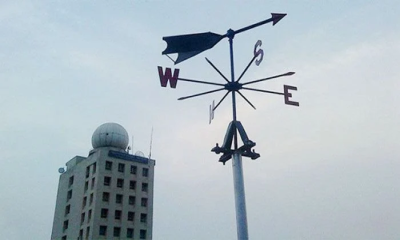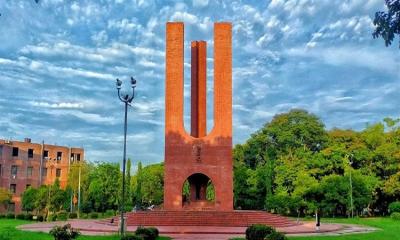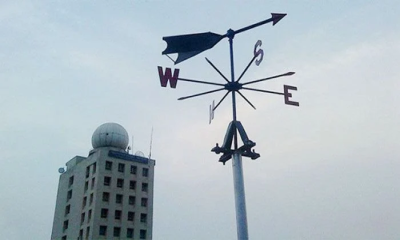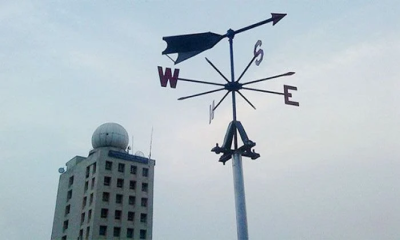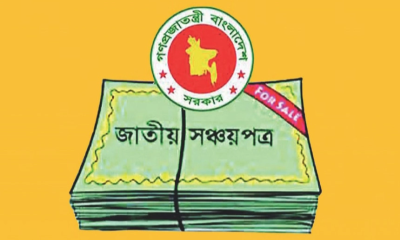Today marks the first anniversary of a watershed moment in Bangladesh`s political history, when a massive student-led uprising on August 5, 2024, led to the resignation and flight of then-Prime Minister Sheikh Hasina, ending her nearly 16-year rule.
Faced with unprecedented nationwide protests and mass resistance, Sheikh Hasina stepped down and fled to India along with her sister, Sheikh Rehana, aboard a military helicopter, according to official and media reports. The uprising, widely referred to as the "July Movement", culminated in what many observers call a modern-day people`s revolution against autocracy.
August 5 is now seen as both a day of triumph and tragedy. While millions celebrated the fall of an authoritarian regime, the day was also marred by brutal violence. Even after Hasina’s resignation, law enforcement reportedly opened fire on jubilant crowds across the country, resulting in hundreds of deaths.
The uprising followed weeks of escalating tension, with mass protests spearheaded by students demanding reforms to the quota system in government recruitment. The movement gained momentum after a High Court verdict in June reinstated the controversial 56% quota system, originally repealed in 2018 following similar protests.
Roots of the Uprising
The trigger for the uprising was the restoration of quotas, including 30% for descendants of freedom fighters, 10% for women, 10% for residents of underdeveloped districts, 5% for minorities, and 1% for people with disabilities.
Students, viewing the system as discriminatory and detrimental to merit-based recruitment, returned to the streets in July 2024.
After violent crackdowns and the deaths of over 200 protesters between July 16–21, student leaders issued a nine-point demand, including a public apology from Hasina.
The situation deteriorated further when six student movement coordinators were detained. Upon their release, they announced a one-point demand: Sheikh Hasina`s resignation. The call was made at a mass rally at Dhaka’s Central Shaheed Minar on August 3.
“March to Dhaka” and the Fall of a Regime
In response to intensified state violence—particularly following Awami League processions on August 3 and 4 that reportedly left over 150 people dead—student leaders advanced their “March to Dhaka” program to August 5. Protesters dubbed the day “36th July,” symbolizing that July would not end until Hasina stepped down.
On the morning of August 5, defying curfews and torrential rain, tens of thousands began marching toward Dhaka from across the country. Protesters breached security barricades, gathered at Shahbagh, and later entered key government installations including the Prime Minister`s residence, Ganabhaban, and the Parliament.
Army Chief General Waker-Uz-Zaman confirmed Hasina’s resignation, prompting nationwide celebration. However, despite her departure, violence continued, with police reportedly firing on crowds, further raising the death toll. Some protesters retaliated by attacking Awami League offices, police stations, and pro-government media outlets.
A Legacy of Repression
Sheikh Hasina`s administration, in power since 2009, has faced sustained criticism both domestically and internationally for authoritarian governance, suppression of dissent, and human rights violations. Her uncompromising stance on the quota reform issue and heavy-handed response to peaceful protests are seen as the immediate catalysts for her downfall.
What began as a student-led demand for equitable recruitment policy evolved into a broader pro-democracy movement that brought together citizens from all walks of life—students, professionals, workers, and the elderly—in a unified call for change.
Looking Ahead
The interim government formed after Hasina’s resignation, led by Chief Adviser Dr. Muhammad Yunus, has pledged to oversee institutional reforms and prepare for a free and fair general election, tentatively scheduled before Ramadan next year.
As Bangladesh observes the anniversary of the uprising, public commemorations and cultural events are taking place across the country, celebrating the people`s resistance and remembering those who lost their lives during the historic struggle for democracy.


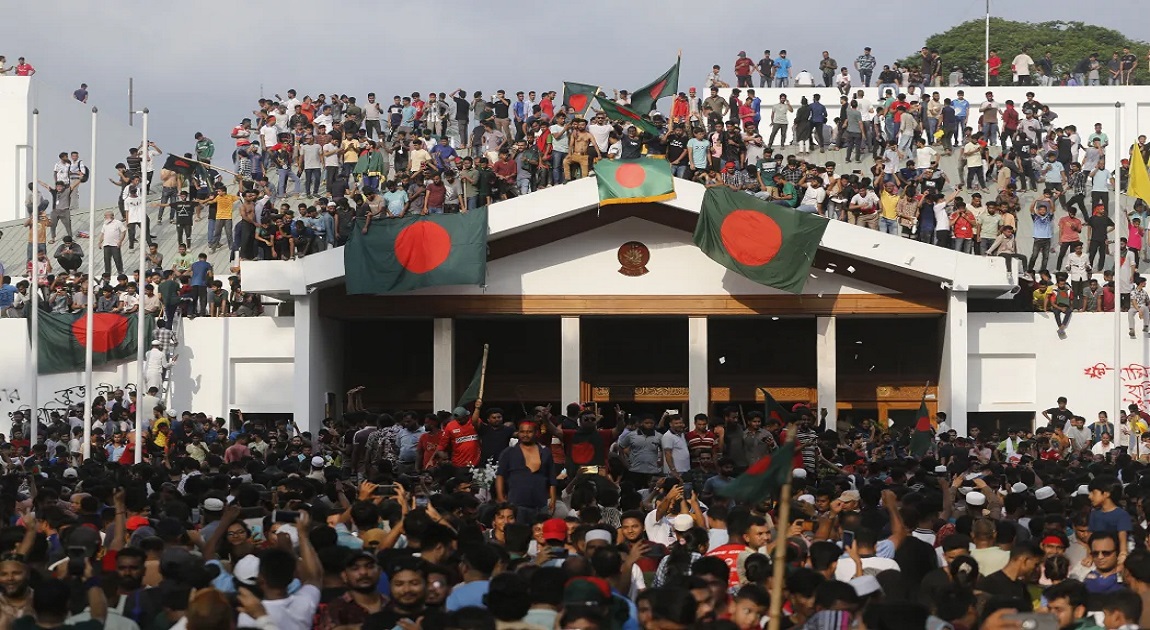

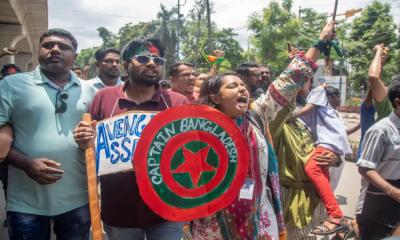
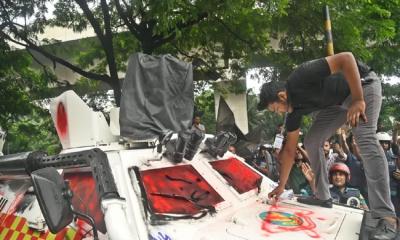
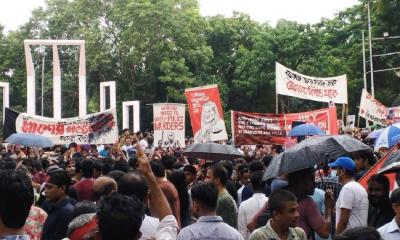
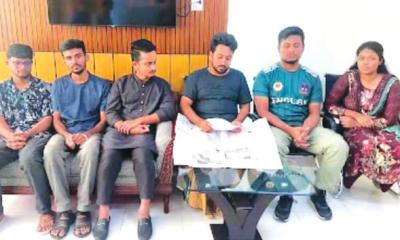
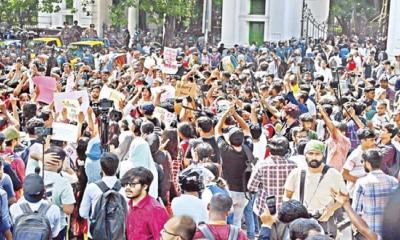
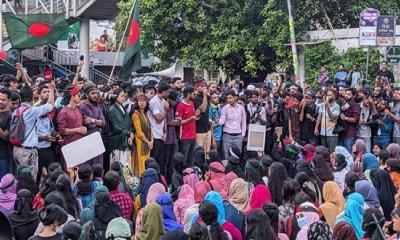
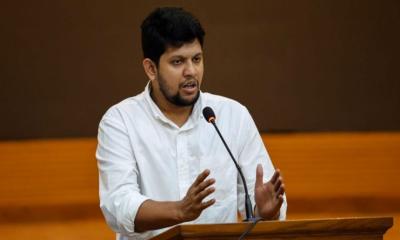
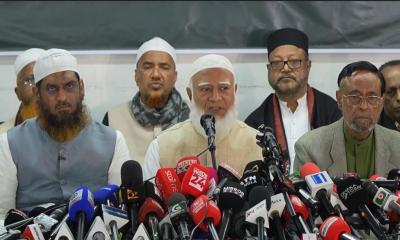
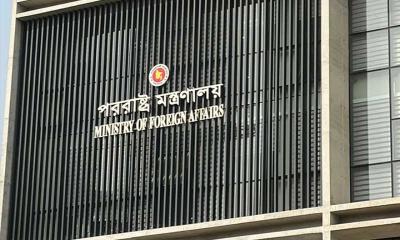


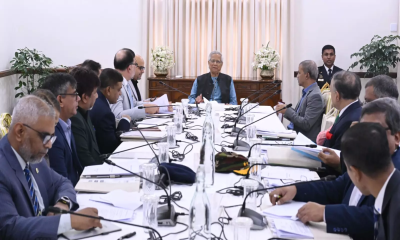

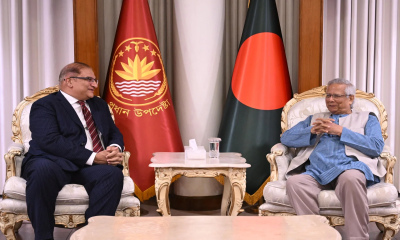
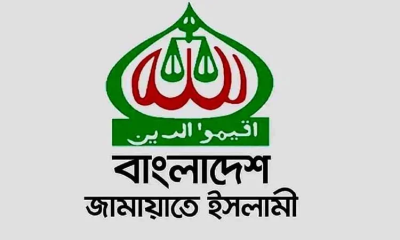
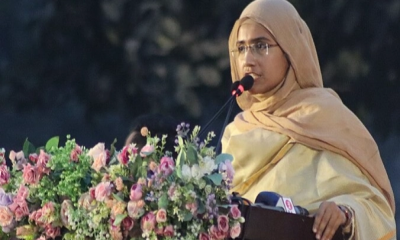
-20251228081915.jpg)
-20251228081840.jpeg)

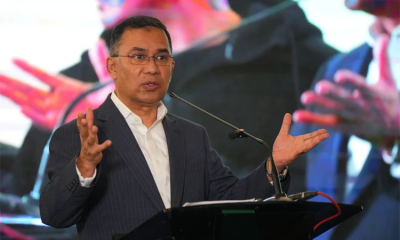
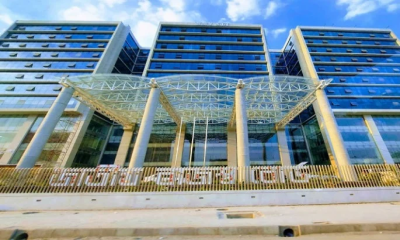

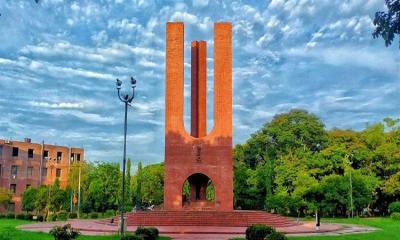

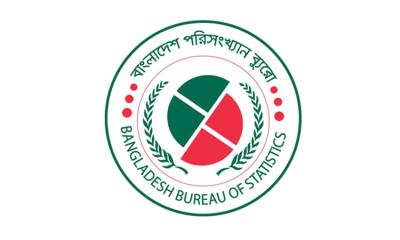
-20251227141313.jpeg)
